- How Meteorologists Predict Storms Using Satellite Data - October 3, 2025
- What Causes Rainbows And Why They’re Always Curved - October 1, 2025
- 3 Industries Face Crushing New Tariffs as Trade War Escalates - September 28, 2025
The New Era of Smoky Skies

Imagine stepping outside on what should be a clear summer morning, only to be greeted by an orange-tinted sky thick with smoke that makes your eyes water and lungs ache. Wildfire smoke blanketed much of the Central and Eastern U.S. on May 31, 2025, as horrific summer wildfires ravaged large swaths of Canada’s vast forests, sending frequent plumes of unhealthy smoke deep into the United States. This isn’t just a one-time event anymore. Scientists are warning that by 2035, vast regions of America could experience more days choking on wildfire smoke than receiving refreshing rainfall.
Multiple studies have found that climate change has already led to an increase in wildfire season length, wildfire frequency, and burned area. The wildfire season has lengthened due to warmer springs, longer summer dry seasons, and drier soils and vegetation. As the climate warms, fire danger increases, mostly because the atmosphere gets “thirstier” – more water vapor can evaporate into warmer air, which results in more water vapor evaporating from plants, drying them out and creating an increased risk of large and intense fires that can generate huge smoke plumes.
Western Regions Face Unprecedented Fire Risk

Existing high risk areas, such as the Cascade Range and the Coastal California Mountains, are projected to experience greater annual fire occurrence probabilities, with relative increases of 122% and 67%, respectively, under RCP 8.5 climate scenarios by mid-century. These staggering numbers represent more than just statistics. They translate to summers where residents might spend weeks indoors with air purifiers running, schools closed, and outdoor activities canceled.
For much of the U.S. West, projections show that an average annual 1 degree C temperature increase would increase the median burned area per year as much as 600 percent in some types of forests. This means areas that historically burned small patches could see entire landscapes consumed by flames. The resulting smoke production would be proportionally massive, creating regional air quality emergencies that could persist for months rather than days.
Surprising New Fire Zones Emerge
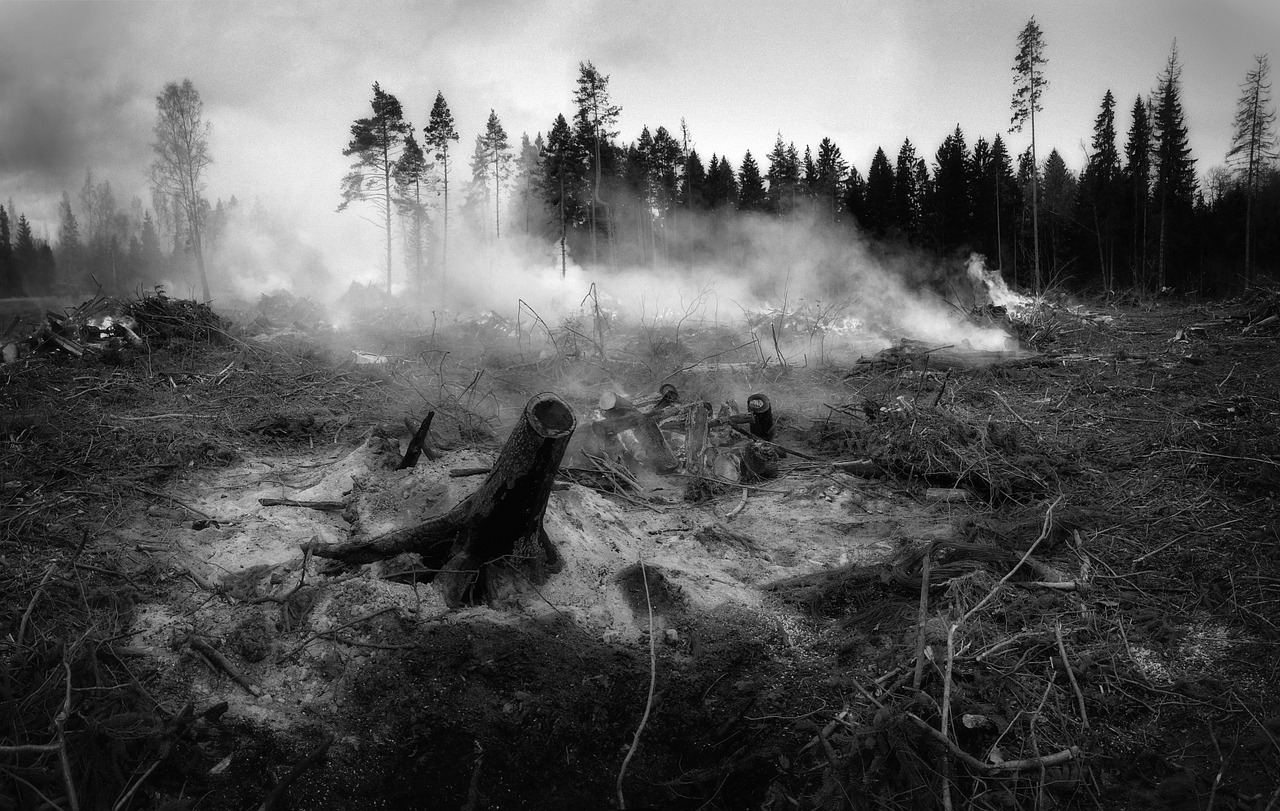
The most shocking revelation isn’t just that traditional fire-prone areas will burn more intensely. Regions not currently associated with frequently occurring wildfires, such as New England and the Great Lakes, are projected to experience a doubling of occurrence probabilities by 2100 under high emissions scenarios. Places like Maine, Vermont, and Wisconsin could transform from peaceful, green retreats into smoke-filled danger zones.
The potential for very large fire events is also expected to increase along the southern coastline and in the forests around the Great Lakes, although the number of events along the northern tier of the country should only increase moderately given the historically low potential for these events. Even moderate increases in regions unaccustomed to wildfires could overwhelm local emergency response capabilities and air quality management systems.
When Smoke Becomes Deadlier Than Direct Fire
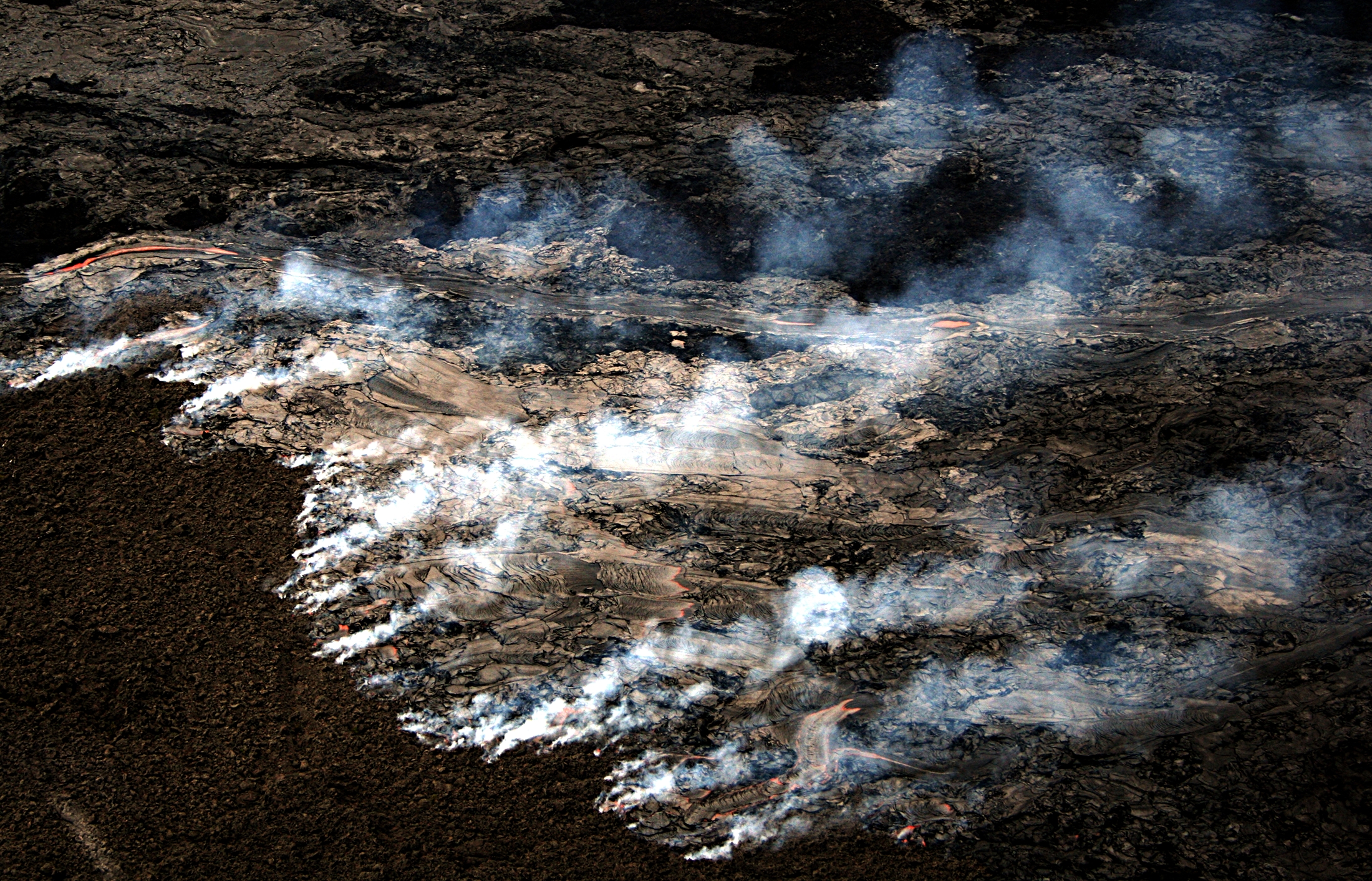
Wildfires have accounted for up to 25% of PM2.5 (particulate matter with diameter <2.5 μm) in recent years across the United States, and up to half in some Western regions, creating health impacts that extend far beyond fire perimeters. The tiny particles in wildfire smoke penetrate deep into lung tissue and can even enter the bloodstream, causing problems thousands of miles from the actual flames.
Climate change contributed to approximately 15,000 wildfire particulate matter deaths over 15 years, with a cumulative economic burden of $160 billion according to observation-based modeling of climate, wildfire particulate matter, health, and economic impacts. These aren’t abstract numbers but represent real people whose lives were cut short by breathing smoke-filled air. The elderly, children, and those with respiratory conditions face the greatest risks.
The Southeast Joins the Burning Belt
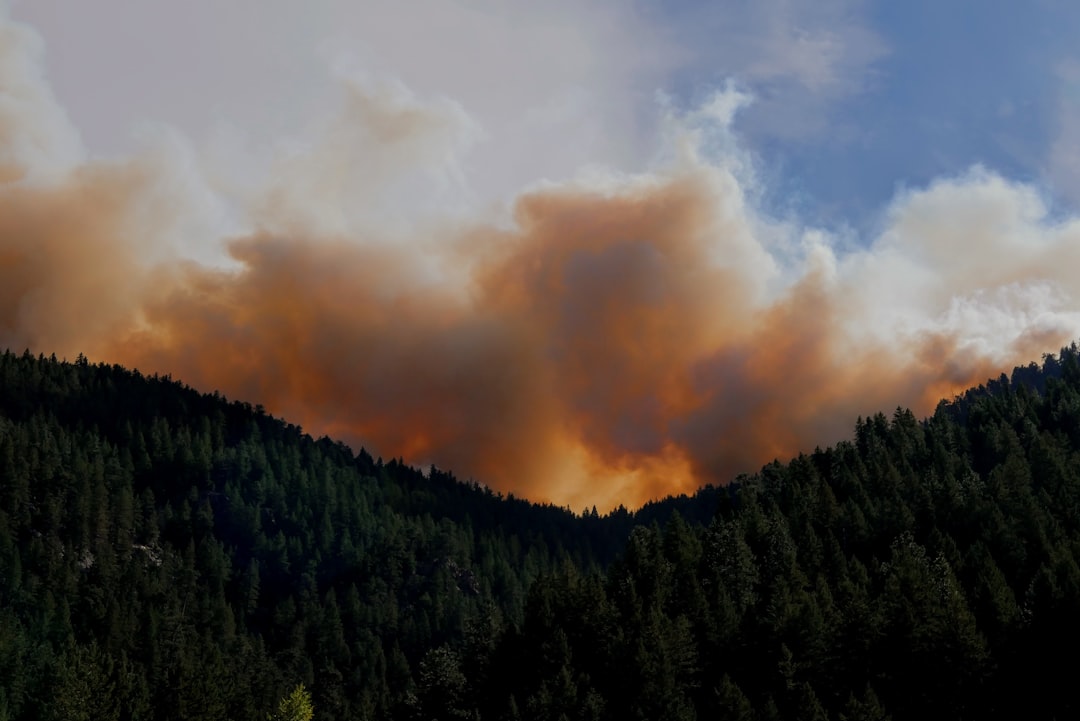
The results of reports indicate that over the next 50 years, forests will become more prone to hazardous fire, and that risks to people, structures, and infrastructure are likely to increase throughout the southeastern United States. States like Georgia, North Carolina, and Florida, traditionally humid and fire-resistant, are transforming into tinderboxes.
Throughout the Southeast, forest conditions may become more like those in the western and southern parts of the South by mid-century, with a warmer climate where wildfire is more frequent, which could reduce the window of time each year when forest managers can safely implement prescribed fire. This creates a dangerous cycle where the tools needed to prevent catastrophic fires become harder to use safely.
Agricultural Workers Bear the Heaviest Burden

Wildfire smoke is hard to predict and can persist in areas for long periods of time, placing outdoor workers, including agricultural workers, at elevated risks of exposure, and since wildfire smoke often comes along with heat waves, outdoor workers are regularly exposed to both hazards simultaneously. Farm workers already face challenging conditions, but adding toxic smoke to extreme heat creates life-threatening situations.
Recent studies showing a predicted 35% increase in worker smoke exposure days for agriculture workers in the Central Valley of California by 2050 highlight how essential workers who feed America will bear disproportionate health risks. These workers often lack the luxury of staying indoors during smoke events, making them vulnerable to repeated exposure that can cause long-term health damage.
Economic Costs Spiral Beyond Control
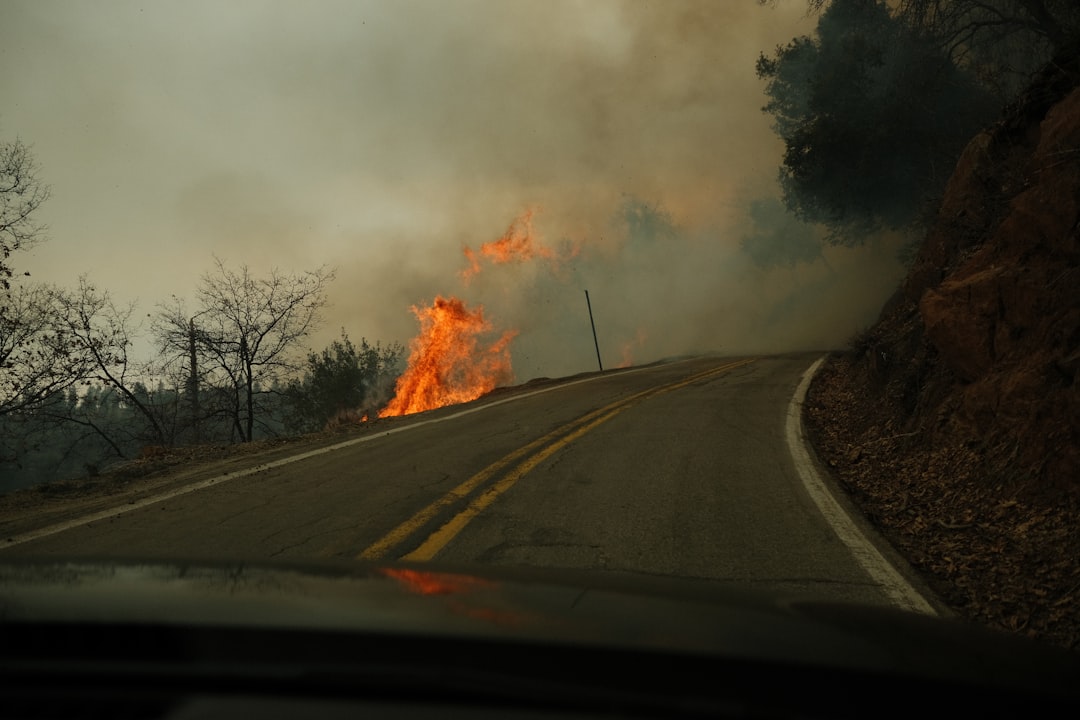
Between 1980 and 2023 the United States had 22 wildfire events that individually caused more than $1 billion in damage; 18 of those have occurred since 2000, showing how rapidly wildfire costs are accelerating. Fire suppression costs in the U.S. have more than doubled in recent decades, exceeding $1 billion per year since the year 2000, and this represents only the direct firefighting expenses.
By mid-century, projections of climate-driven wildfire PM2.5 across the CONUS indicate at least a 50% increase in mortality from smoke relative to 2011–2020 with annual damages of $244 billion. These staggering economic projections don’t even account for lost productivity, tourism impacts, or the immeasurable cost of degraded quality of life in smoke-choked communities.
The Visibility Crisis

While the average visibility will improve, the visibility on the worst days could get even worse, particularly in the western United States, southeastern United States, and northeastern United States, with wildfire smoke projected to be the main cause of visibility degradation on the worst days in these regions. This means that even as air pollution from traditional sources decreases, wildfire smoke will create dangerous driving conditions and ground aircraft.
The psychological impact of constantly hazy skies shouldn’t be underestimated either. Communities that pride themselves on natural beauty and outdoor recreation could see their identities fundamentally altered by persistent smoky conditions that make mountain vistas and clear sunsets rare treats rather than daily expectations.
Transportation and Infrastructure Under Siege
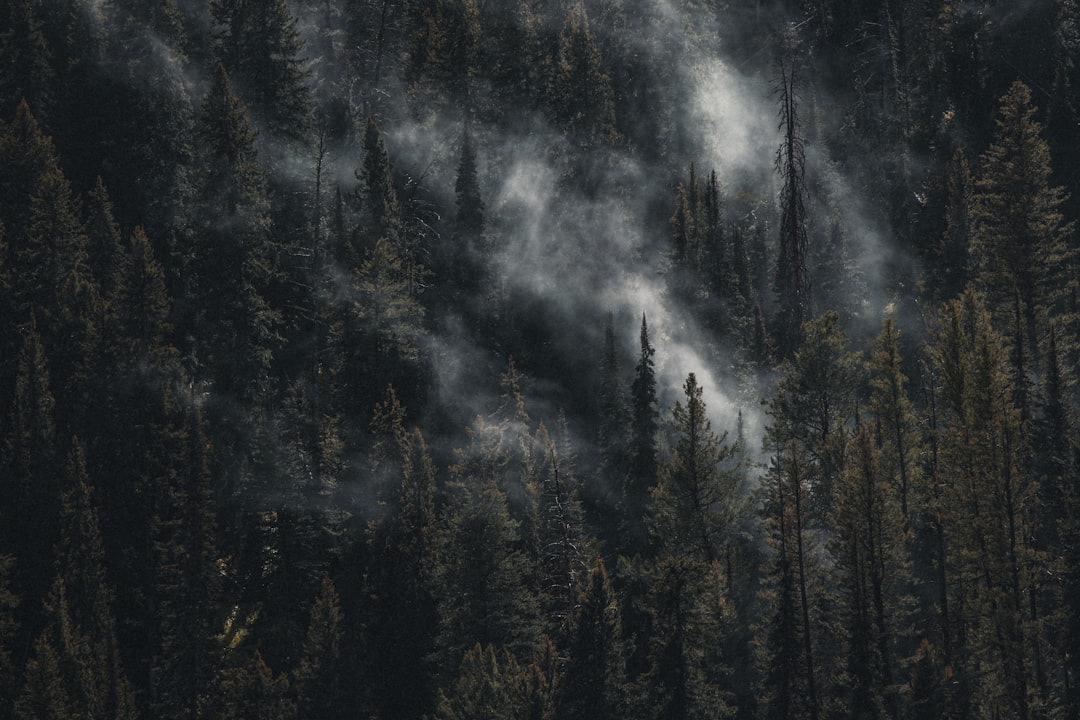
Airlines already cancel flights during severe smoke events, and highways become dangerous when visibility drops to mere feet. As wildfire smoke events become more frequent and intense, transportation networks could face regular disruptions that ripple through supply chains and emergency services. Airports in traditionally clear-skied regions might need to invest in specialized equipment to handle smoke-related delays.
Power grids also suffer when smoke particles coat electrical equipment and reduce solar panel efficiency. The same extreme heat that fuels wildfires drives up energy demand for air conditioning, creating a perfect storm where smoke-damaged infrastructure struggles to meet peak cooling needs during air quality emergencies.
Children Pay the Highest Price
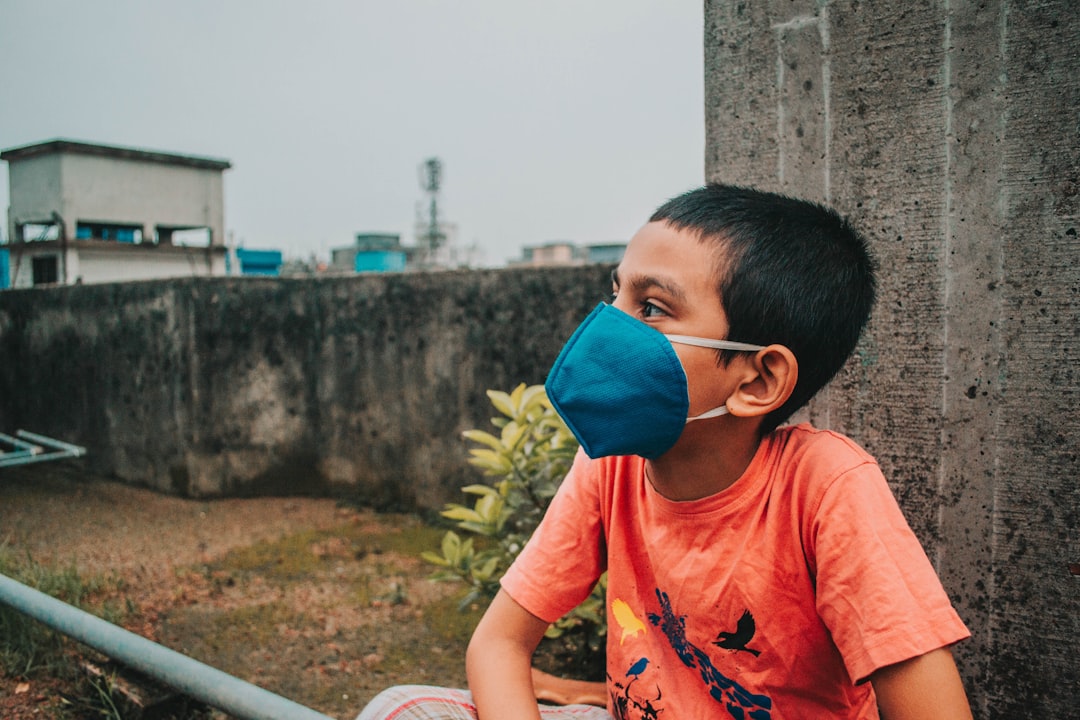
Wildfire smoke exposure is particularly harmful for children, who breathe more air relative to their size and are more active than adults. Schools across smoke-prone regions are installing expensive air filtration systems and developing protocols for keeping students indoors during air quality alerts.
Youth sports leagues face impossible choices between canceling seasons and exposing young athletes to harmful air. The long-term health implications for a generation growing up breathing smoky air remain largely unknown, but early research suggests increased rates of asthma and other respiratory conditions in children from fire-affected areas.
The Technology Race Against Smoke
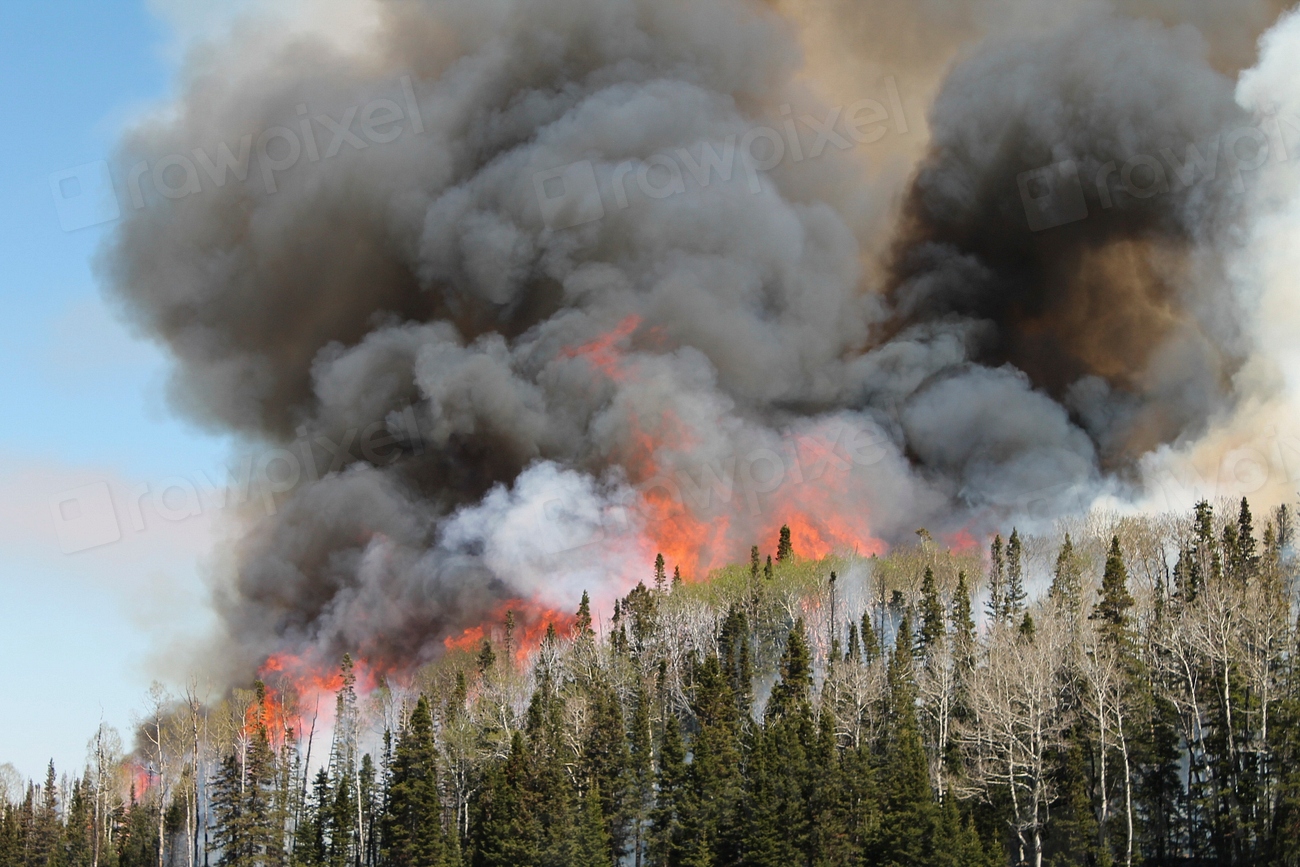
The NOAA Smoke Forecasting System integrates wildfire location information with weather service inputs to produce daily 48-hour predictions of smoke transport and concentration. Scientists are working frantically to improve these forecasting systems, but predicting smoke movement remains challenging due to complex atmospheric interactions.
Air purifier sales have skyrocketed in fire-prone regions, but many low-income families cannot afford this basic protection. Public health officials worry about creating a two-tiered system where wealthy families breathe clean air indoors while others suffer from repeated smoke exposure. Emergency cooling centers are being retrofitted with air filtration systems to serve as clean air refuges during smoke events.
Water Resources Under Double Threat

Post-wildfire extreme rainfall events may more than double over the western United States this century, with risks associated with wildfire-precipitation compound extreme events, including debris flows and flash floods, likely to increase substantially due to climate change. This creates a cruel paradox where regions desperately need rain to clear smoke and reduce fire risk, but when precipitation finally arrives, it can trigger devastating mudslides and floods on burned landscapes.
Water supplies face contamination from ash and fire retardants washing into reservoirs after storms. Communities must balance the immediate need for clean air with long-term water security, often finding that efforts to address one crisis inadvertently worsen another.
The Tipping Point Approaches
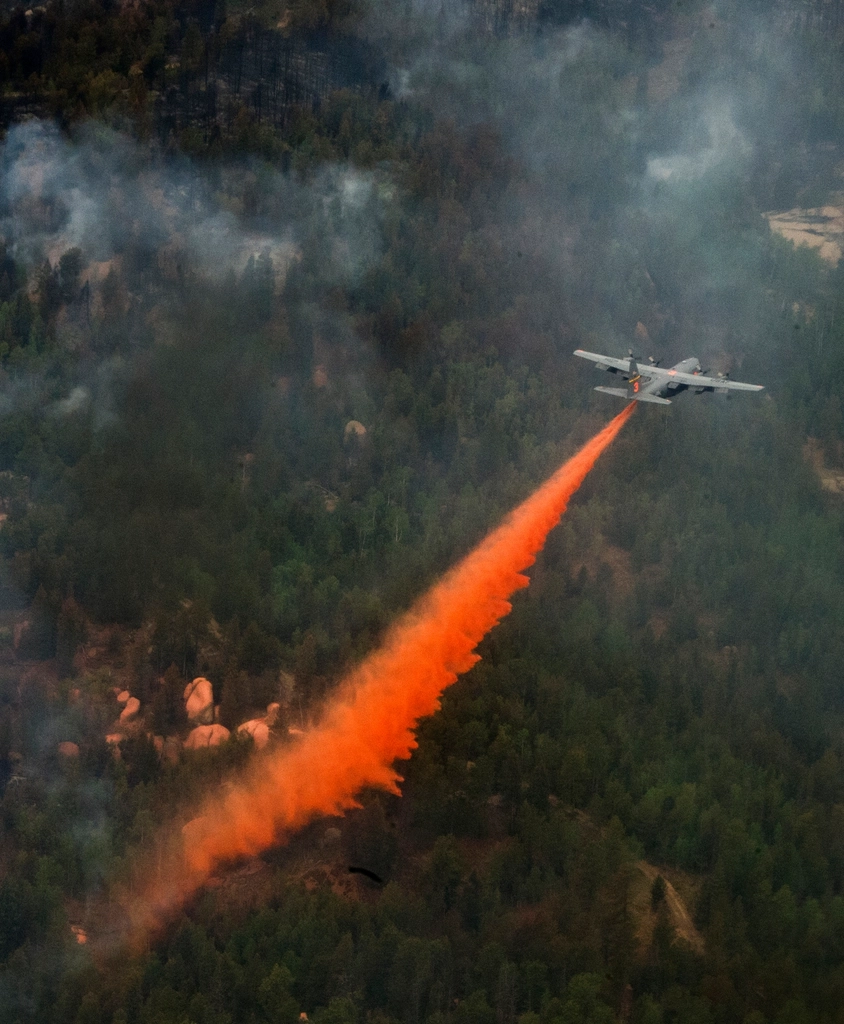
2025 is now ranked 18th for total burn area in Canada’s 43-year data record, with still 3 more months remaining in the fire season, suggesting that record-breaking fire years are becoming routine rather than exceptional. The normalization of extreme fire seasons means communities can no longer treat smoke events as temporary disruptions but must plan for them as persistent features of their climate.
Scientists warn that we’re approaching a tipping point where traditional fire management strategies become obsolete. Climate change was found responsible for over half the observed decrease in moisture content of fuels in western U.S. forests from 1979 to 2015, and the doubling of forest fire burned area over the period 1984–2015. The accelerating pace of change leaves little time for ecosystems or human systems to adapt.
Hope Through Preparation and Action
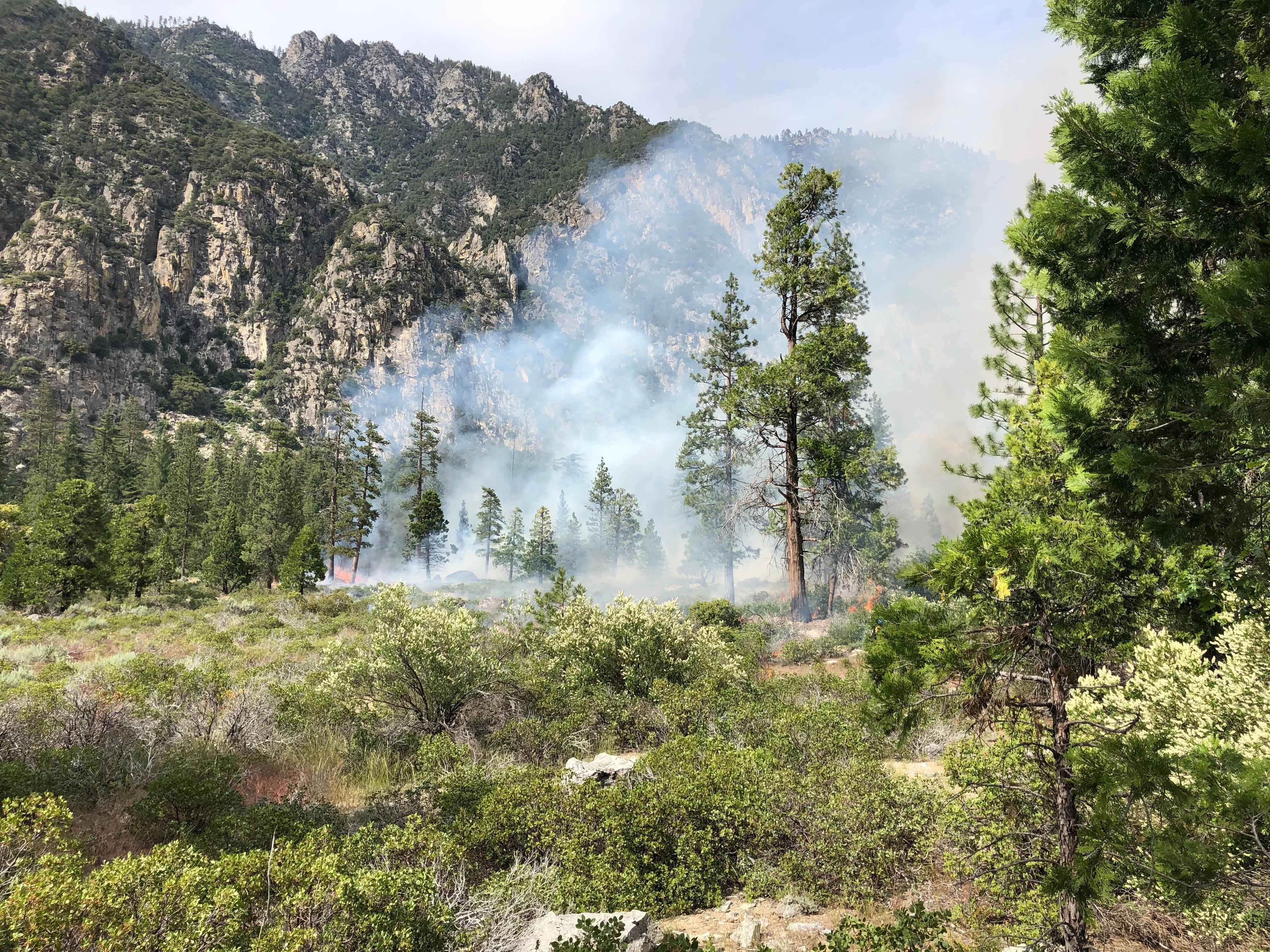
Despite the grim projections, communities are finding innovative ways to coexist with fire and smoke. Prescribed fires, which are carefully planned and controlled burns carried out by trained professionals, allow us to balance benefits and risks by burning at low intensity to reduce available fuels and promote healthy forest growth. Proactive management can significantly reduce the intensity of future wildfires and their associated smoke production.
The transformation of America’s relationship with fire and smoke by 2035 represents perhaps the most visible manifestation of climate change impacts. While we cannot entirely prevent this smoky future, understanding the scale and scope of coming changes allows communities to prepare, adapt, and ultimately build resilience against a reality where clear skies become precious rather than guaranteed.
What will your community look like when smoke days outnumber rain days?
